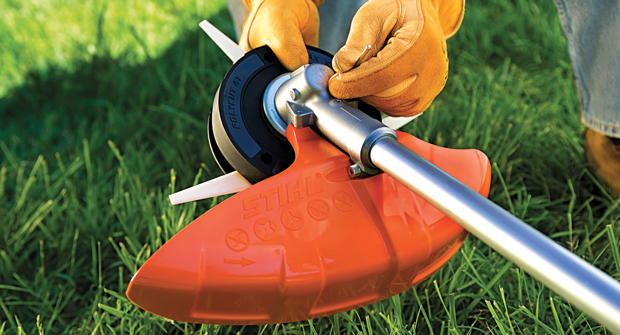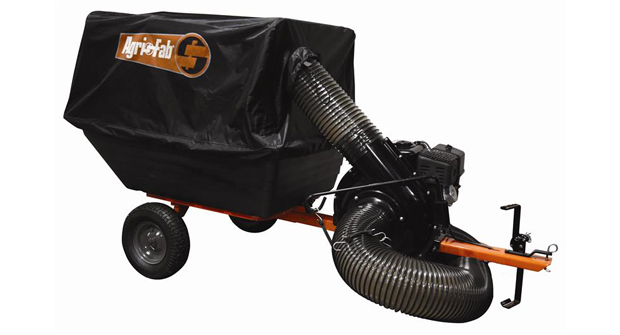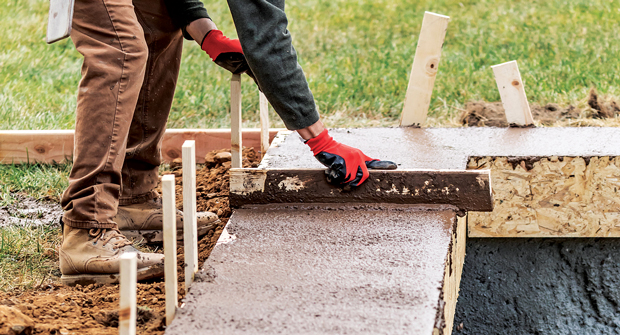
For landscape maintenance contractors, while winter might be considered the offseason, it’s also a great time to make sure they’re prepared for the upcoming busy season.
Katy Stringfield, product manager at Milwaukee Tool, says that winter is the time professionals should perform preseason maintenance checks, ensuring they have all components and pieces of equipment available before the start of spring.
LM spoke with Stringfield, Lenny Mangnall, marketing product manager at Exmark, and Jeff Taylor, manager of product services at Stihl about the best practices contractors can follow to be ready in the new season.
What to check
Preseason maintenance checks ensure that everything is ready to go before getting out of the door when spring rolls around. Stringfield says that these maintenance checks begin with draining the fluids from equipment that uses oils and gas after the end of heavy fall cleanup.
“You don’t want oil and gas to be sitting in there,” she says. “If it is sitting there all winter, it can cause a lot of problems. If it’s sitting there idle, it can cause its carburetors to get gummed up or it might not run at all and could have shutdowns.”

Stringfield says another way to check on equipment is to randomly start-up equipment throughout the winter to ensure it is still working. Also, right as spring is approaching, she adds that is the time to be looking to replace things like oil filters and spark plugs.
For Mangnall, the checks are all about validation. He recommends starting the machines around two weeks before use. After that, he says to perform operations like changing oil and filters, lubricating the machine, looking at tire pressure, making sure the blades are sharp and checking the engine.
“It is just a double check,” Mangnall says. “I think you should know the damage that can happen to a piece of equipment when it just sits over the winter as opposed to during its operation season. It’s really important to have that machine fully serviced as you put it away for any extended period of time.”
What’s the difference?
The things to look out for during these preseason checks can often differ depending on the piece of equipment. Taylor explains that most of these differences in equipment will be related to gas and battery-powered equipment.
For gas-powered, it will be about gas and oil. On the battery side, a user doesn’t have to worry about filters, spark plugs, etc. The focus will be on the cutting system, making sure chainsaw and brush cutters are sharpened.
For mowers, there are some differences in maintenance checks depending on the type a professional has.
“On a ride-on, you’ve got a deck system, meaning there’s spindles, casters, front wheel casters and also have mowing belts,” Taylor says. “The typical walk-behind is usually a direct drive unit. There’s no belts, pulleys and things like that on it.”
Some components will always need to be checked, he adds. Mostly, the similarities lie in the engine with lubricants, air and oil filters and spark plugs topping the list of wear items.
Don’t forget these
Mangnall says there are aspects that contractors can overlook during these maintenance checks.
“I think it’s those easy things that you just take for granted,” he says. “The safety system is one that people will overlook, unfortunately, because it’s really critical. When you get out of the seat, you want to know that the blades are going to shut off.”
All three experts agree that the best place for contractors to find out which items they will need to service is their owner’s manual.
“There are so many tips in there, not only from safety and making sure that operation is proper but there’s great maintenance, storage and other things that professionals can learn and do,” Taylor says.


